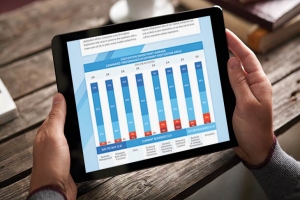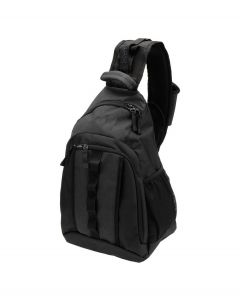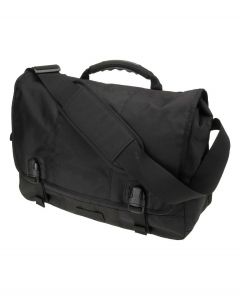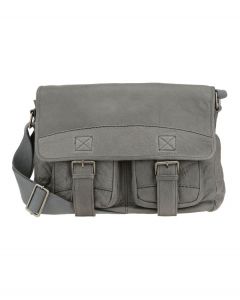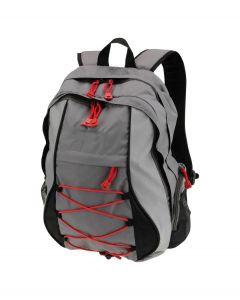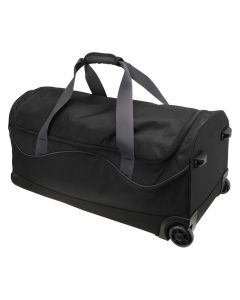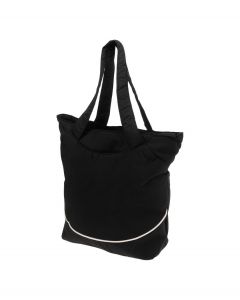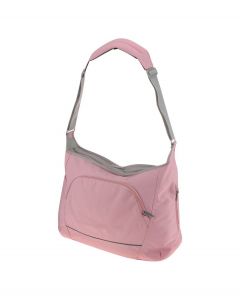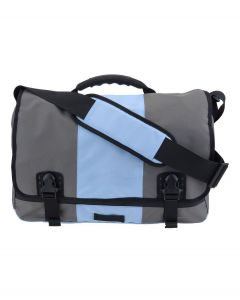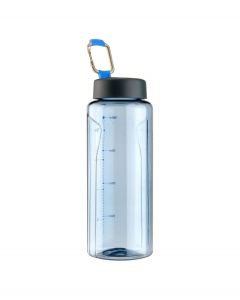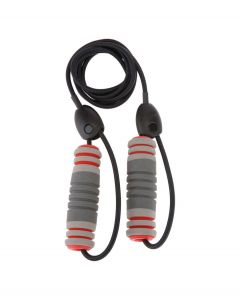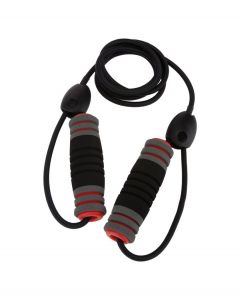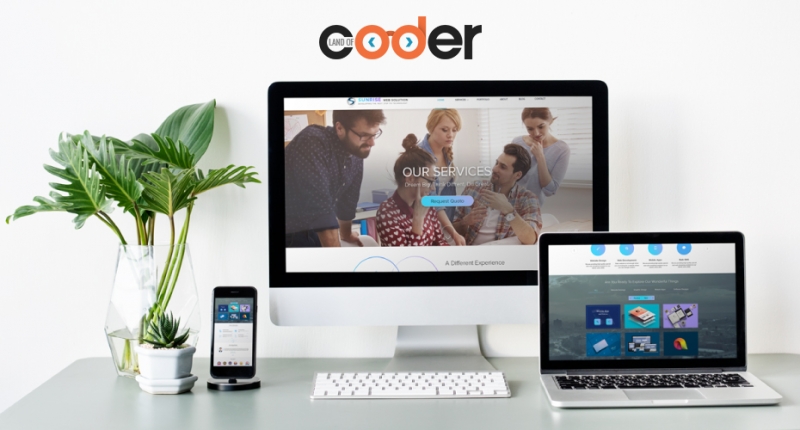Retail Trends 2016: Death Knell for Brick and Mortar, While Mobile Takes Off

Originally posted on Multichannel Merchant. Follow Peter Sheldon on Twitter @PETER_SHELDON
With 2016 upon us, it’s a good time to look ahead to four key trends gathering momentum in the New Year, and look at what drastic changes the industry will see and what cool new technologies shoppers will be able to take advantage of at scale (don’t worry, we won’t mention drones!).
Brick & Mortar is Dead! Long live brick & mortar!
Many are interpreting the data from this past holiday season as a further indicator of the imminent demise of brick and mortar stores, and in some ways that’s true. We all know that brick and mortar giants are feeling the crunch. They are increasingly unable to compete with the convenience and competitive pricing environment of the online shopping experience. Now even the age old physical advantages of face-to-face product expertise and same day availability have been battered by online content superiority and same day shipping options.
Doom and gloom aside, some bright spots remain. Industries like apparel require a customer to be able to try on, touch, feel, and interact with the products they’re buying. No easy return policy, no pre-labeled shipping packaging or sizing intelligence platform will ever fully replace that.
But that doesn’t mean apparel isn’t going through its own transformation, and it’s one that will only heat up in 2016. More and more, apparel brands are embracing technologies that blend the best of in-store and online experience, from in-store pick-up to connected fitting rooms and digitally-enabled concierge services. The boldest seek to combine multiple new-to-market innovations to completely digitize the in-store buying experience—Rebecca Minkoff is a great example—and make the soft goods stores of today look nothing like where your mother shopped.
The Mobile Tipping Point
While it seems every holiday season for the last five years has been proclaimed “the year of mobile,” in 2015 mobile transaction volumes really started to live up to the hype. In the face of declining in-store traffic, mobile sales accounted for 36 percent of all Black Friday purchases.
The mobile experience today is significantly superior than years past, but what are the forces driving consumer confidence in transactions on mobile devices?
-
Big screens rule. As consumers go through yet another handset replacement cycle, larger screen real-estate (thank you Tim Cook for the iPhone 6 & 6+) has given savvy mobile web developers more creative freedom to pack in more visible content without sacrificing usability on these devices.
-
Higher bandwidth becomes (almost) ubiquitous. For those North Americans living near a metropolitan core, access to 4G bandwidth is rapidly becoming a commodity. Combined, this access to fast content delivery with mobile web acceleration technologies like Front End Optimization (FEO) and experimentation with new mobile web technologies like single page applications (SPA’s) and many of todays mobile web experiences now rival the performance of their desktop forefathers.
-
HTML form controls quietly die. An obsession for mobile first, touch and gesture optimized experiences have led mobile developers to quietly put to rest HTML controls like the radio button, checkbox and dropdown list. These venerable controls have served us well, but on mobile there is simply a better way to use vector graphics and touchable icons to enable frictionless navigation and selection.
-
Checkout & payment friction dissipates. Online retailers are investing in increasingly clever ways to simplify and automate the mobile checkout process from social authentication, Google maps powered address autocomplete, and the removal of all but the most critical field entry forms. Combined with the rollout of mobile checkout innovations such as PayPal OneTouch and Apple Pay, making a purchase on mobile is getting easier than ever.
Over the next two years, we’re well on track to reach a new mobile tipping point where fifty percent of all commerce transactions take place on a mobile device. This surge in mobile commerce adoption will bring about a paradigm shift in the way developers approach user experience design. Historically, responsive design was used to make the desktop experience accessible and adequately usable across an increasingly diverse mobile device universe. In 2016, we will see new “mobile first” obsessions emerge, where “usable” no longer cuts it. Instead, this obsession for creating highly optimized mobile first experiences will make the mobile experience the de facto starting point. Responsive web design (RWD) will be then be used in an inverse manner to make next generation mobile experiences “usable” on the desktop.
Social Selling, the Engine of Discovery
As customers embrace mobile—and as retailers increasingly capitalize on social media as a powerful channel for customer engagement—we’ll see social media become the default starting point for the retail journey. For retailers, this means greater investment in technologies like Pinterest’s Buyable Pins. What may have previously been an afterthought in a company’s marketing strategy will come to the foreground as retailers create deep, curated content to attract, engage and retain loyal customers. Early adopters will be rewarded; those who fail to catch on will find themselves behind and hastily trying to put together a social content strategy.
Virtual Reality: Not Just for Spotty Teenagers
In 2016, Oculus Rift will for sure top birthday wish lists of almost every male between the age of seven and 22, but virtual reality holds an exciting promise beyond a new (and slightly bizarre) ski goggle fashion craze. While brick and mortar retailers will integrate more digital experiences into their stores, branded manufacturers will tap virtual reality to enable almost ‘real world’ like product discovery and engagement experiences from the home. While not every household will invest in expensive VR hardware like Oculous Rift, the emergence of more accessible and affordable virtual reality technology (like the Samsung gear headset) and even Google cardboard wearables will make virtualized product discovery an increasingly valuable and rewarding experience for consumers.
The automotive industry is a great example. Buying a car has always been a harrowing process that required multiple visits to car dealerships to test drive a car and choose optional features followed by hours of haggling and paperwork to complete the transaction. And while companies like Rockar and Hyundai are reimagining the experience with the customer at the center, car manufacturers like Volvo are already using VR mobile apps to allow potential buyers to take a virtual test drive.
The 2016 Test: Keeping Pace With Customer Expectations
Undoubtedly, 2016 will bring a sea change to retail, from the shifting mobile paradigm to experimentation with virtual reality in the shopping experience. But before we get our shovels ready to bury brick and mortar for good, we’ll need to keep any schadenfreude in check: At today’s pace of technology innovation and change, the next disruption could be closer than we think. The spoils of the New Year will go to those who embrace the adage “think big, act small, fail fast and learn quickly” because in 2016, customer expectations will wait for no one.



